
According to The National Council of Resistance of Iran (NCRI), and the People’s Mujahedin of Iran (PMOI / MEK Iran), following the eight-year Iran-Iraq war, which ravaged Iran’s southern Khuzestan province and other border regions. The regime’s subsequent inability to restore these provinces left no opportunity for life to grow.
Petrochemical resources
This province houses the majority of the facilities as well as Iran’s oil, gas, and petrochemical resources. Last year, the protests of the impoverished people of Ahvaz’s Ghizaniyeh district, which includes 83 villages and 250,000 people, over a lack of drinking water drew the attention of local and international media to the fact that the richest region in the country is in such a deplorable situation.
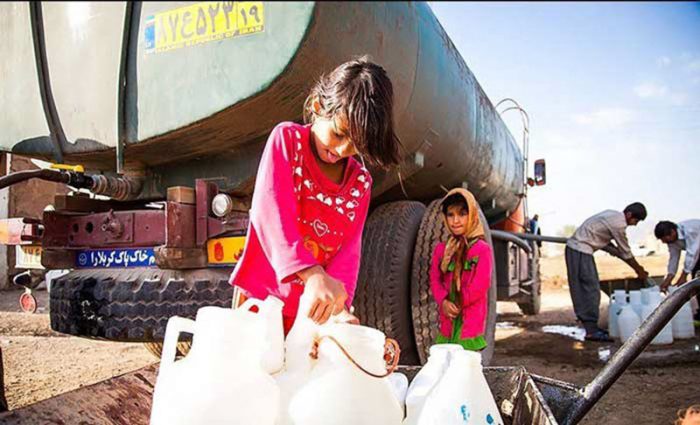
Cruel strategy to crush the people of Khuzestan
However, after forty-three years of tyrannical governance over these people, various documents have surfaced revealing a cruel strategy to crush the people of Khuzestan, with today’s drinking water scarcity providing a glimpse of this.
Only a few days before, the regime’s then-president, Mahmoud Ahmadinejad, presented a “security plan” for “unbalanced development” in this area.
He claimed that after the conflict, the Supreme National Security Council approved a plan to block any investment in Khuzestan since the country’s development could pose a challenge for the regime.
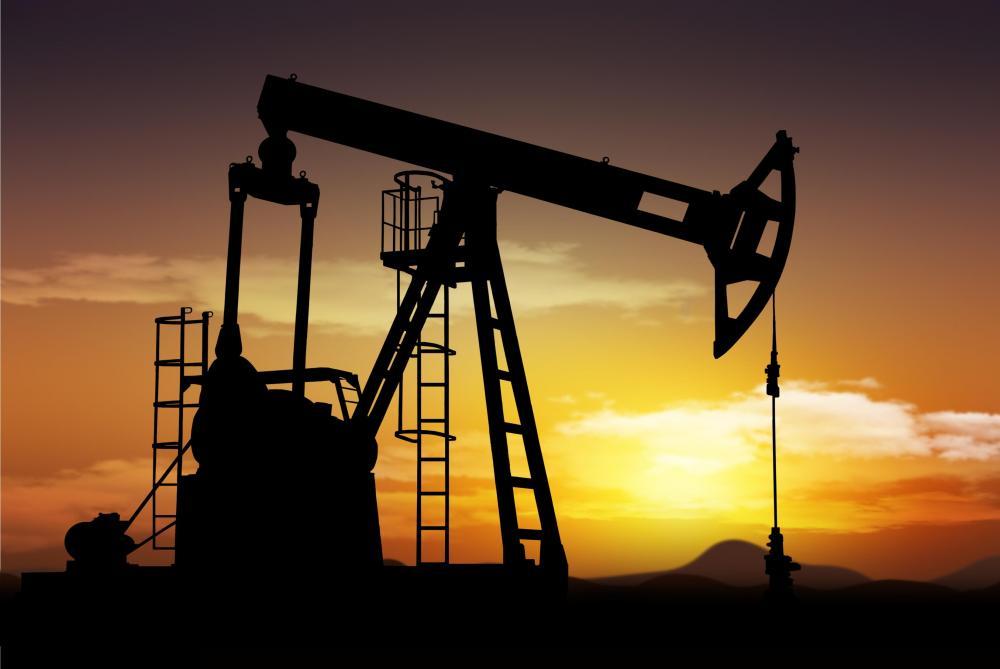
Khuzestan rely on five huge and vital rivers
The people of Khuzestan rely on five huge and vital rivers for their survival. They give water to farms in addition to providing drinking water. As a result, any damage, diversion, or deficiency in these important resources renders a difficult life for the people of this region.
Moreover, a quarter of the population lives in poverty, and the province ranks second in the country in terms of marginalization. Other social harms have been imposed, and as a result of all of these reasons, migration from the province to other areas of the country is one of the regime’s goals.
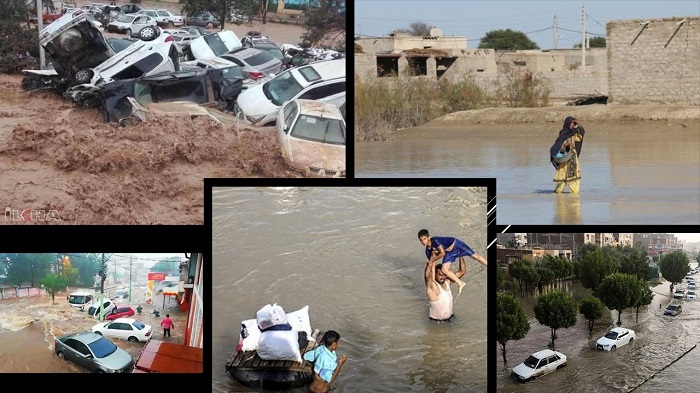
Experts talks and scientific evaluations
During these forty years, experts talks and scientific evaluations have repeatedly stated that water should not be transferred from Khuzestan to other places, or that it should be done with extreme caution to protect the environment and the lives of its residents.
Some dams on rivers should not be constructed because the damage they cause is massive and irreversible. Sugarcane production should not be done in a way that causes a slew of environmental problems for areas that cannot sustain the weight of such bad decisions.
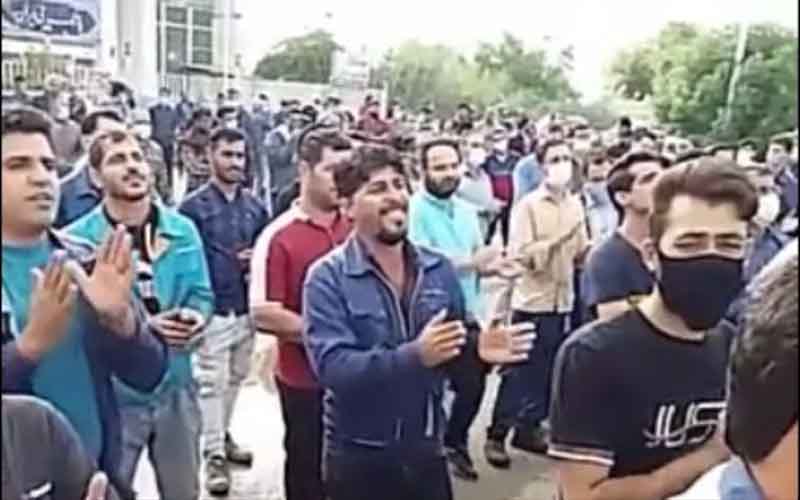
Never caught the attention of officials
It never caught the attention of officials, and the result was that millions of people are now searching for a drop of water.
On July 21, the state-run daily Hamshahri warned about the severity of the water scarcity:
“An informed source in the Ministry of Energy said: ‘The live and usable (water) volume behind Karkheh Dam is currently 760 million cubic meters based on today’s monitoring, and with this volume of harvest, we are only 54 days away from zero water of Karkheh Dam.”
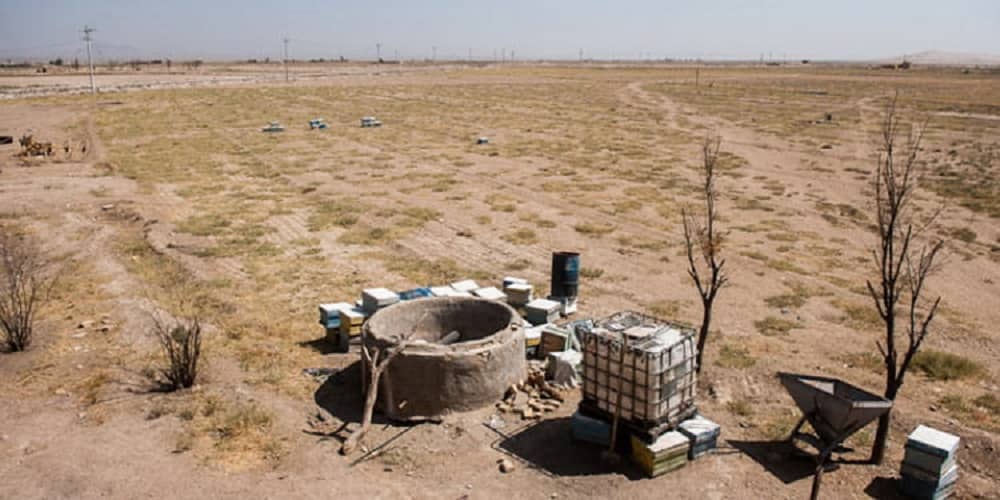
MEK Iran (follow us on Twitter and Facebook)
and People’s Mojahedin Organization of Iran – MEK IRAN – YouTube







